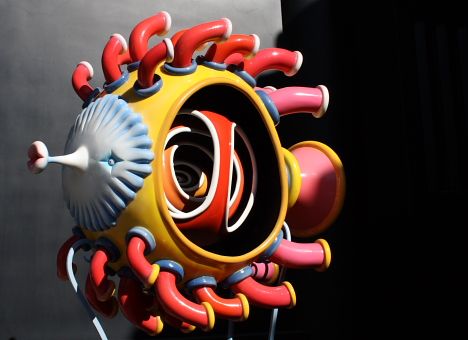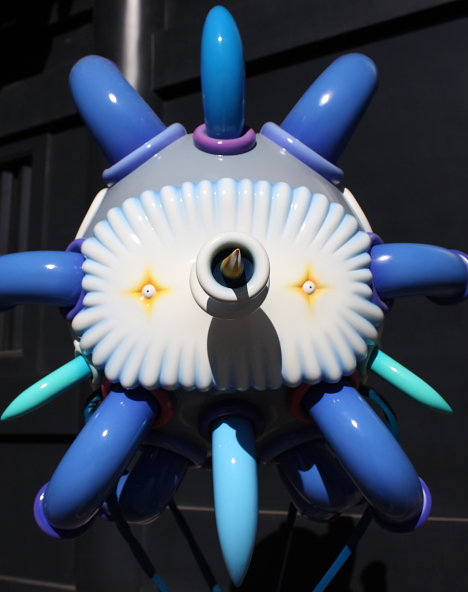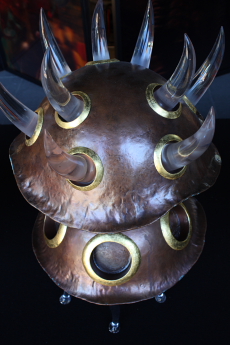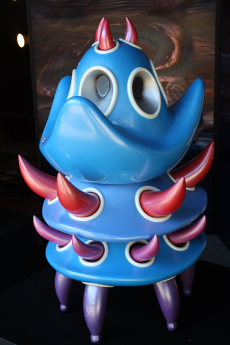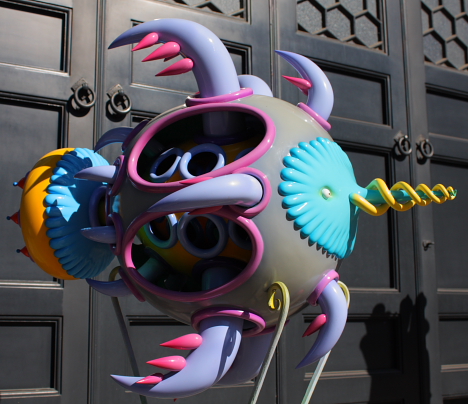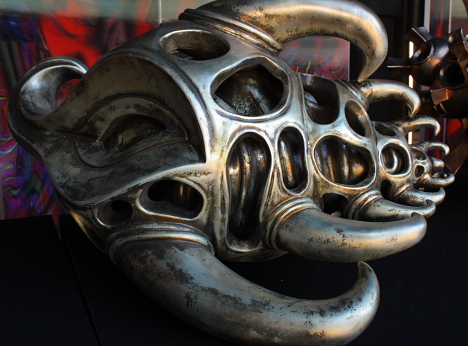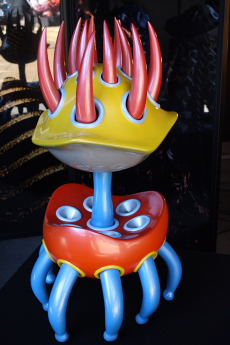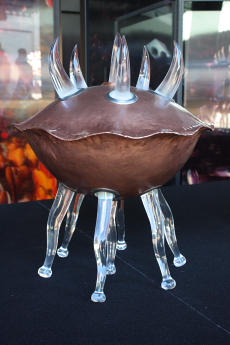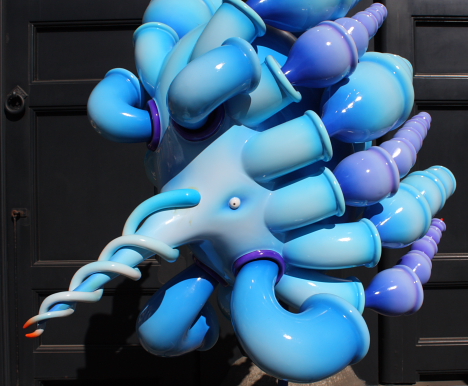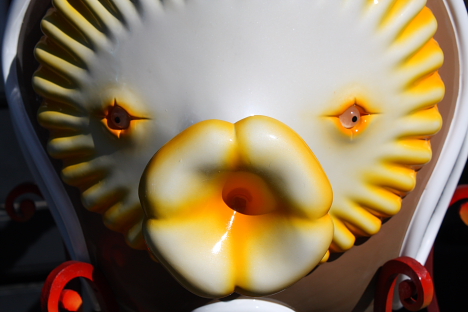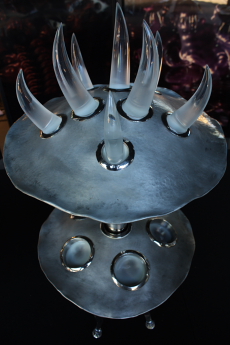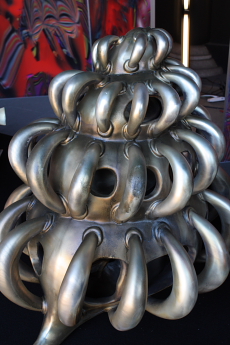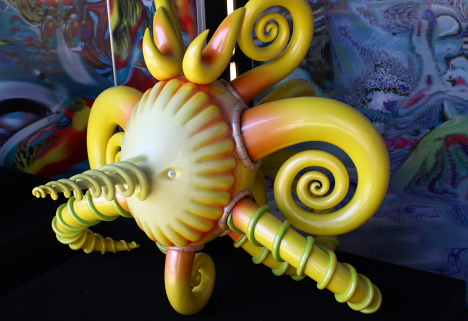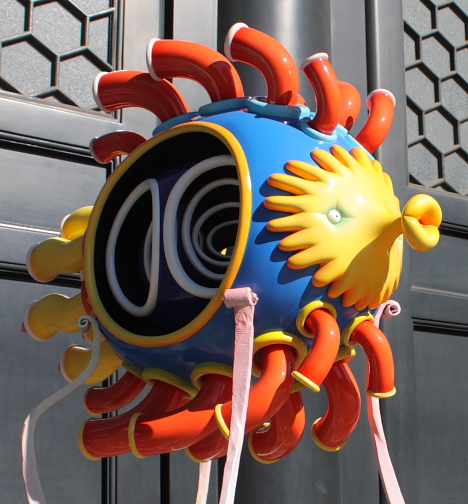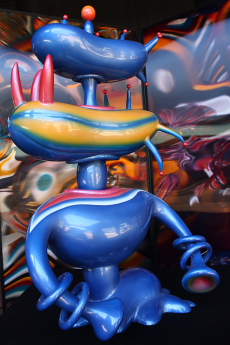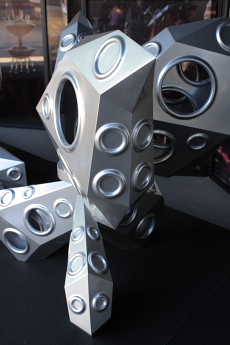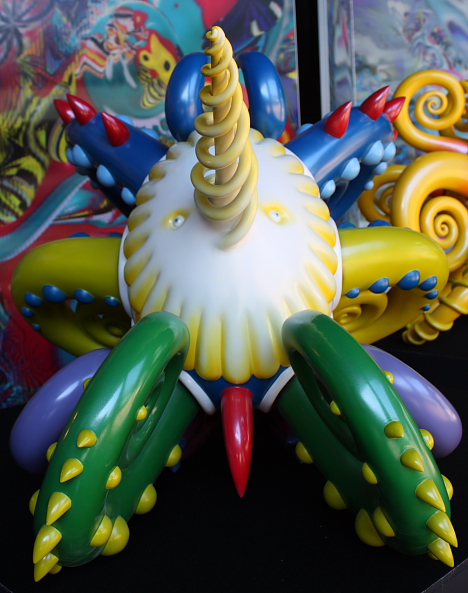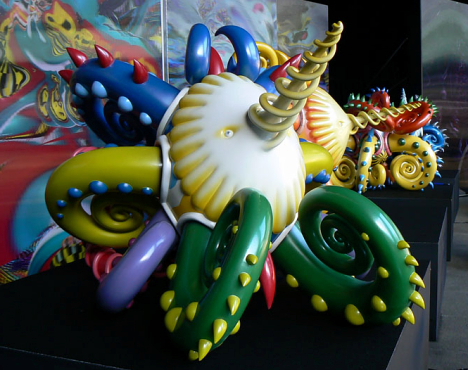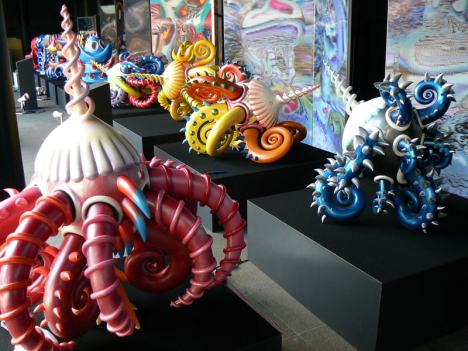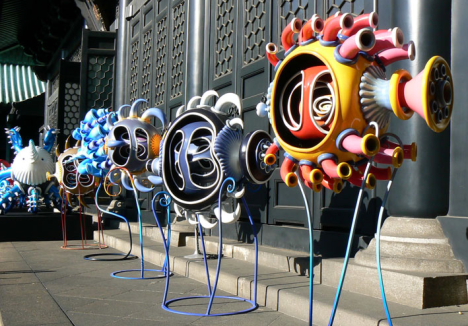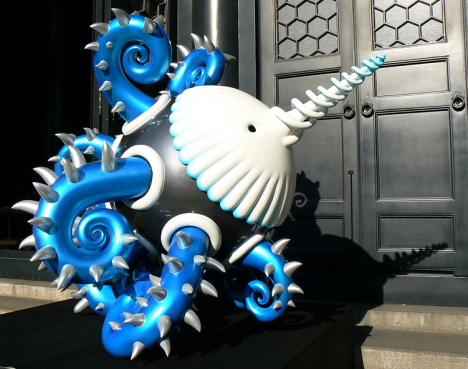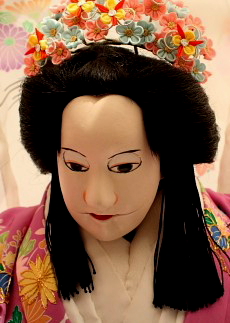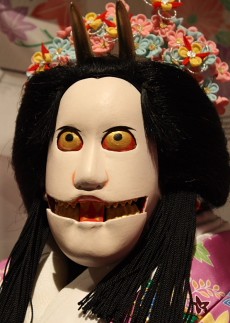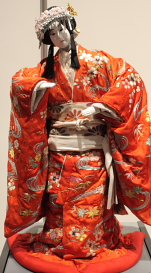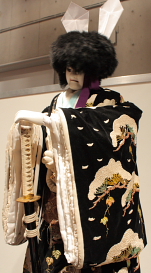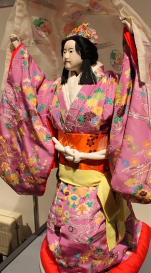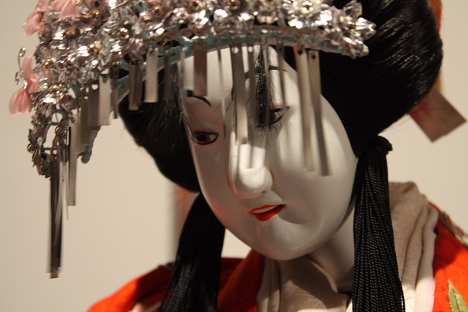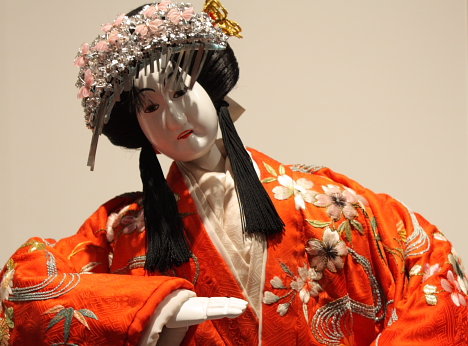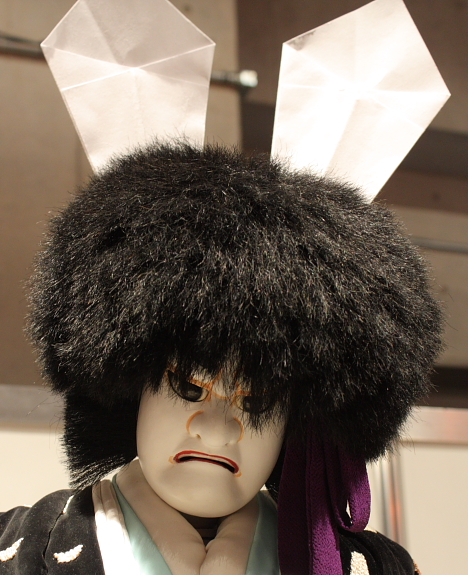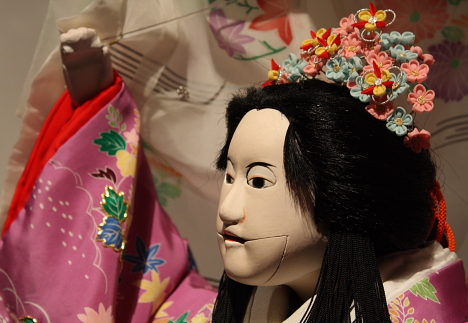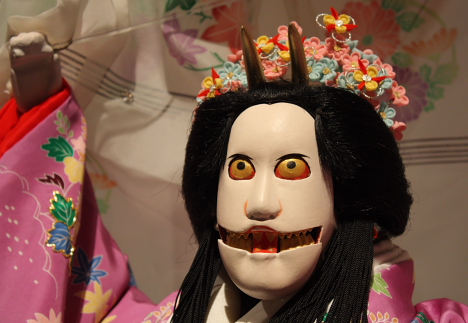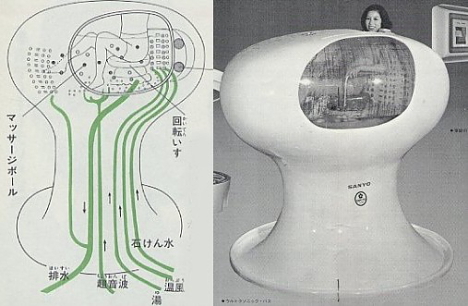
At the 1970 World Expo in Osaka, consumer electronics maker Sanyo demonstrated their vision for the future by showcasing a series of appliances they thought would populate the home of tomorrow. Included was the Ultrasonic Bath, a pod-like human washing machine that cleans, massages and dries the user in a fully automated 15-minute process.
Using a ladder, the bather climbs in through an opening on top of the machine, which stands about 2 meters (6 ft) tall. Once the desired water temperature is set and the main switch is activated, the pre-rinse cycle starts, spraying the user with jets of hot water for 5 minutes.
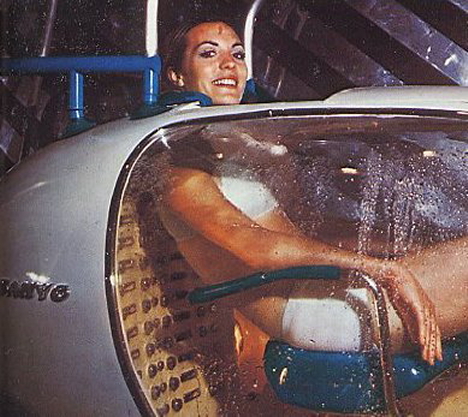
Next, the chamber fills up with hot water for a 3-minute massage bath. High-pressure jets create a powerful whirlpool, and scores of knobby, golf ball-sized "massage balls" suspended in the water pelt the body, delivering a vigorous massage intended to stimulate blood circulation. An ultrasonic wave generator creates a ticklish cloud of tiny air bubbles that lift dirt from the skin.
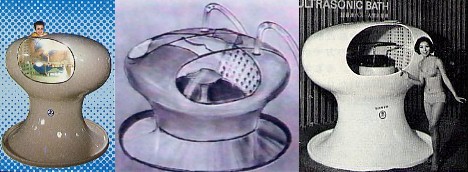
The bath is then followed by a 2-minute hot rinse cycle. Finally, a 5-minute dry cycle blasts the user with warm air, while a flood of infrared and ultraviolet light destroys any lingering germs.
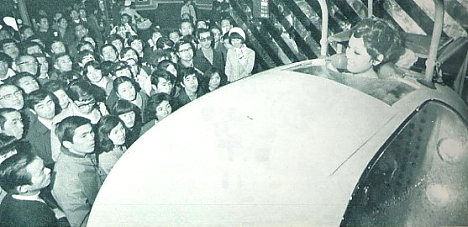
Developed as a concept model, the Ultrasonic Bath never made it into our homes. Several years ago, however, Sanyo unveiled the $50,000 HIRB ("Human In Roll-lo Bathing") system, a compact version designed for use in elderly homes.
[Link]




















